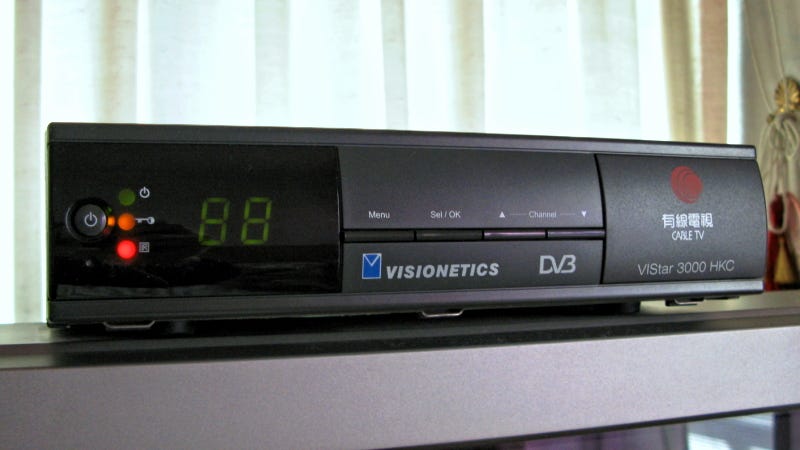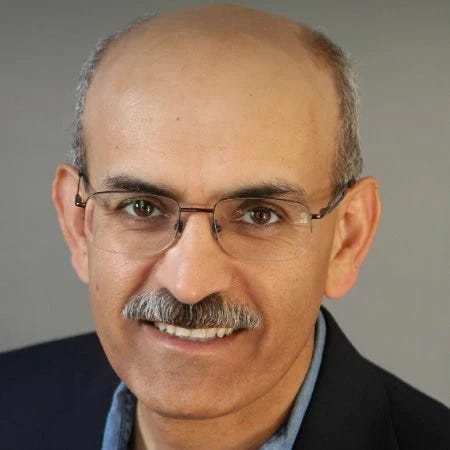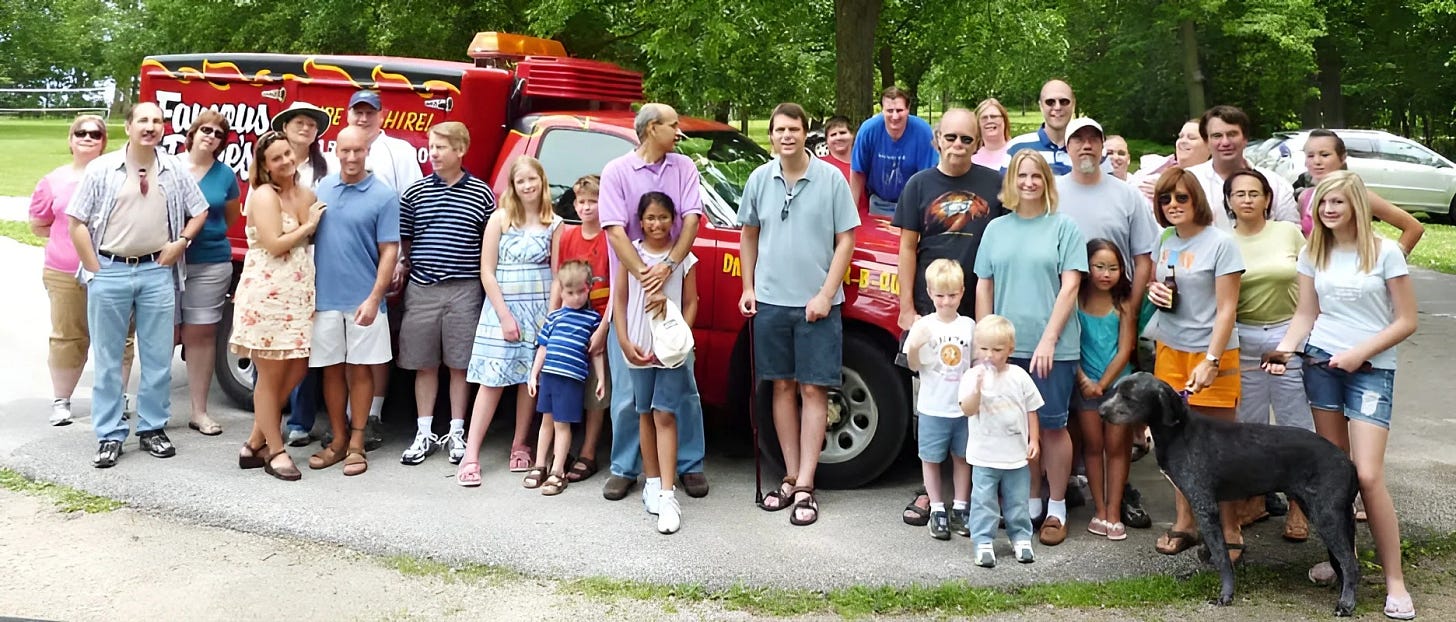The mighty set-top box
Walking by the display of large and small television panels at the local Costco, it’s hard to imagine the difference in changing qualities of television displays. TVs today aren’t heavy like their predecessors while constantly delivering three to four times the screen size. They’re of much greater image and audio quality, boast rich features and connectivity, and are a pleasure to view.
Today’s story will take you inside these devices a bit and introduce you to engineers who have commercialized a device to enable that viewing pleasure. You’ll meet a team and their latest product, ZapperBox, a piece of hardware that translates the highest definition broadcast signals available to modern TVs.
Who are the people behind this incredible transformation? And what role does central Iowa play in all of it?
Set Top Boxes - then
I learned a new term upon meeting a new friend in Des Moines in the early 1990s. Set Top Box (STB) then denoted an accessory which enabled a TV to receive content sent differently than standard airwaves, thus greatly expanding its utility.
Long before I knew the name (STB), the earliest (and most ubiquitous) STBs I encountered upon arriving in the US were cable TV boxes. These units received signals over a coaxial cable directly connected into them. Signals were received and multiplexed onto a cable at the provider’s station. This meant that multiple audio and video streams were electronically placed into bands of distinct frequencies. All those bands were then transmitted over the same cable to the subscriber’s home.
Much as older TVs contained a “tuner” that displayed a specific frequency known to us as a channel (8, 13, 17…), STBs tuned between separate bands to display a distinct audio and video stream. These bands became known to us as MTV, HBO and others.
When received by the STB at home, the bands were given a human-friendly name as their channel. Since our TVs then were capable of only displaying a small and discrete set of channels, the STB appeared as channel 3. Once on channel 3, we could switch the STB’s channel to show a different channel (e.g. HBO, MTV). The STBs thus magically transformed and expanded a TV’s capability.
Set Top Boxes - today
Although much has changed in the world of STBs since, one thing that hasn’t is a STB’s ability to extend a television’s ability. Some of the simplest STBs today perform the same function, delivering content from a variety of sources, now transmitted over the Internet’s protocol (IP) rather than multiplexed onto a single cable. Amazon’s FireTV, AppleTV, Roku, the myriad Android TV boxes, and even satellite receivers are a modern extension of the STB of nearly four decades ago.
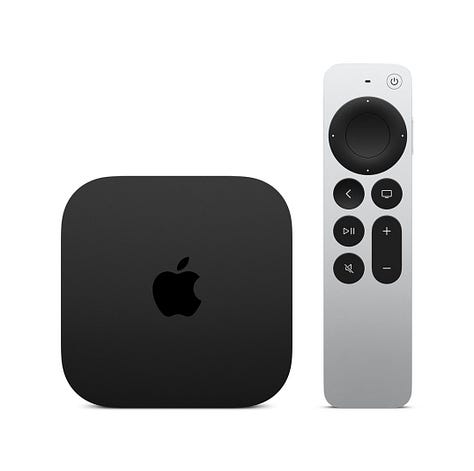
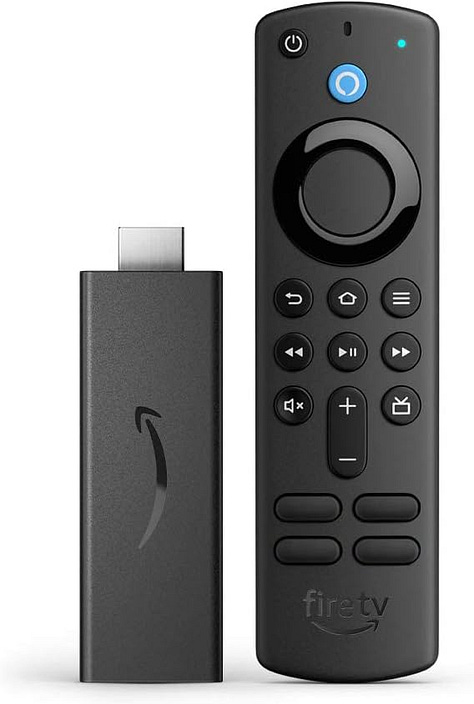
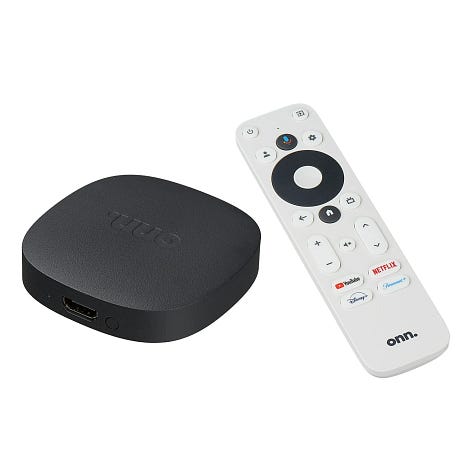
As TVs have changed, so have their own capabilities. Instead of STBs sending data over channel 3, the STBs now connect to the TV over ports such as HDMI with the capability to receive far greater quantities of digitally encoded audio and video data. This larger bandwidth allows us to receive audio of much higher fidelity, receive video of greater color depth and resolution, and information about the stream to satiate our desire to learn more about what we’re watching, when we want it. And finally, even the signals being broadcast now over the airwaves are making a transition to IP packets thus paving the way for a richer TV watching experience enhanced by hybrid internet data delivery.
Meeting Gopal
I told the story of Microware Systems’ diaspora in the story of Ken Kaplan at the launch of this series. Gopal Miglani is one of the members of that diaspora who continued to expand his knowledge and reach about STBs and their embedded technologies. We became friends during his days at Microware and have remained close since.
Gopal’s journey started in India where he earned his electrical engineering degree and complemented it with a Master’s from Iowa State University in 1985. He found a kindred Iowa host family in Chuck and Marilyn Farr upon graduation 1987 when he started working at Standard Bearings of Des Moines. The Farrs eventually helped guide him toward employment at Microware Systems in 1992. That classically Iowa partnership would blossom into a fond familial relationship that has lasted decades and led to three additional young people from the Miglani family following the Farrs in getting their undergraduate education at Grinnell College.
These Iowa bonds would not be possible without Shabnam Miglani, an attorney then working in securities law at the Principal. When I met the couple through her in 1992, Gopal had recently joined Microware.
The Soft(prose) launch
One of his first ventures after leaving Microware was launching SoftProse Inc. in July 1997. He homed the company in Des Moines, IA and later expanded it to San Diego as his family relocated. The engineering team, led by Dr. Paul Freeman, remained in Iowa and furthered the team’s journey through these two cities.
Gopal met Paul as a colleague at Microware, setting the stage for their post-Microware future. They would first create software and services under the SoftProse umbrella and later expand their software expertise to hardware in the next ventures.
SoftProse initial product was expertise. The team went about implementing standards contributing to their development, publishing on the underlying technologies, and educating at CES and other conferences. The SoftProse team developed and honed expertise during a time of rapid development in higher definition television, invented and were awarded patents for their work.
Concurrently, the US announced a mandatory transition to for US broadcast TV from analog to HD. This was enabled for legacy TVs with the addition of a converter box, a STB, which converted digital signals to analog for backward compatibility. Simultaneously, a parallel industry brought digital HD TV natively to now widely available flat screen televisions made with LCD and Plasma technology. With similar efforts underway in various parts of the globe, especially in digital TV savvy Korea, Japan and parts of Europe, SoftProse’s global customer base also grew concurrently.
The growth caught the attention of Next Level Communications (NLC). NLC was building ATM (asynchronous transfer mode, not the cash vending machines) based telecommunication, video and Internet technologies. Recognizing SoftProse’s abilities they acquired the company for its expertise in STB software in 2000. The acquisition brought digital high-definition television (HDTV), standard definition television (SDTV), data broadcasting, multi-channel surround-sound audio, and Satellite direct-to-home broadcasting via the stack to NLC.
Completing the Next Level Communications journey
Many entrepreneurs would be satisfied with the journey from small technology company to a consulting practice to a Vice President role at the acquirer. However, as their required time came to close due to Next Level’s closure in 2002, Gopal, Paul and team recognized the opportunity waiting in the wings, except with a twist. They were able to acquire their technology back from NLC and give it a new life.
The Advanced Television Standards Committee (ATSC) standard version 1 was poised to expand with the mandate for TV starting to go digital in 2003. It would expand the ability of existing airwaves to offer more and better programming by moving from analog to digital transmissions with 702p and 1080i high-definition video and Dolby surround sound and better closed captioning. With the days of simply channeling audio and video on a cable far behind, they could bring their expertise and understanding to a greater number of devices around the world.
Gopal founded BitRouter, Inc. in March 2002, again with the company’s CA office in San Diego and the IA office in West Des Moines. The BitRouter team, like SoftProse before it, was US-based and produced its technology stateside, protecting it from prying competitive eyes.
Teams across Taiwan, Korea and Serbia were developing their own stacks, sometimes with technology based upon developments in the US. Many US companies, in an effort to lower development costs by offshoring development around the world, were transferring valuable knowledge to their future competitors. Gopal continued to firmly believe that the best companies held their secrets tightly and valued their employees more than short-term profits. A viewpoint that was validated by a chance visit to the Museum of Porcelain Art in Sweden.
The Museum of Porcelain Art
The Chinese invented porcelain wares circa 800AD and perfected their commercial use in the 1300s. Keeping the production techniques secret, they were able to trade porcelain with Europe, manage its export and developing the silk road in the process. It wasn’t until Germans were able to reverse engineer the process in 1800s that Chinese would lose their competitive advantage. In contrast with the Chinese who held onto their secret for 500 years, western companies have been falling over each other to hand over their crown jewels to the lowest labor cost-center.
Gopal tried warning his collaborators and competitors alike to protect their valuable technology by keeping tight controls on their software but was unsuccessful against the forces of unit economics. That article, a prescient warning, is a worthy read.
Coming full circle to ZapperBox
Gopal and team continued to develop their knowledge, contributing to the standards while distilling the technology into a package of software services called ATSC3pak for the latest US-based technology standard called ATSC 3.0 or NEXTGEN TV. This software package can be licensed and incorporated by TV and STB manufacturers in much the same way third-party software is embedded into their televisions, STBs, and streaming devices. It proved to be a tough sell.
Forever the consummate entrepreneur, Gopal had a choice to make - go all in on this baby or wrap things up and get back to enjoying his passion for travel across India, Europe, Asia and beyond. Unsurprisingly, he decided to go all in and in absence of a critical mass of hardware manufacturers licensing his software, he decided on the hardest job in the Midwest - making electronic hardware devices. The ZapperBox was born.
Present day
Unlike recent stories, this story isn’t about a company long gone. ZapperBox is a commercially available product today. Check it out at its website here.

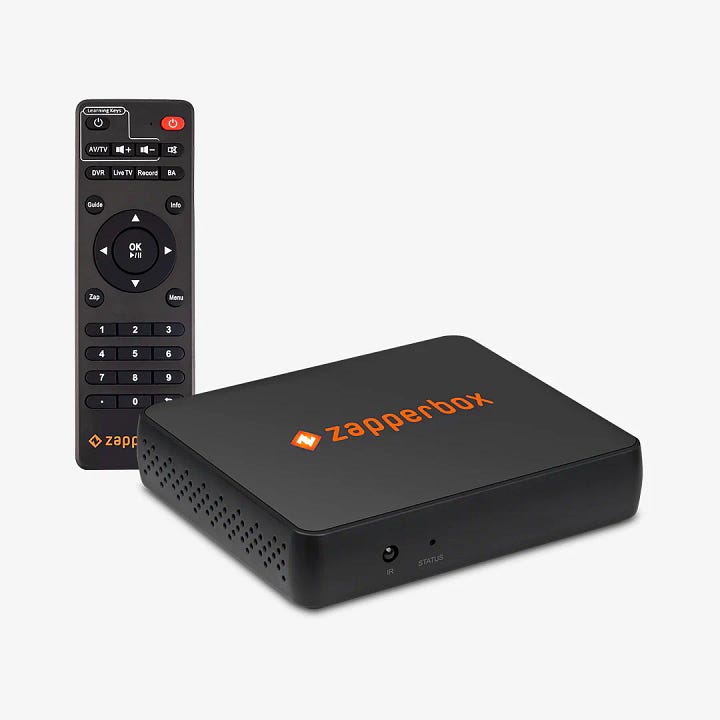
Zapperbox appears to be a deceptively simple piece of hardware. An antenna connector to receive broadcast signals (think local CBS, NBC, ABC, FOX and PBS affiliates), an HDMI port to the TV, power jack, and ethernet port to connect to the Internet. Upon plugging into power and setting up the account, the device scans the local airwaves and adds available channels to the lineup. Once complete, ZapperBox outputs the highest quality signal supported by the connected TV - 4K with high dynamic range (HDR) and Dolby Atmos sound.
ZapperBox won’t convert your 1080i HDTV magically to a 4K TV. What it does solve, however, is the frustration many feel at buying the highest end television, capable of 4K display but missing a broadcast TV tuner to display the available 4K signal or natively recording shows via built-in DVRs. While local affiliate stations frustratingly remain in 1080p or lower mode, the ZapperBox can upscale all incoming signals to 4K with amazing video quality.
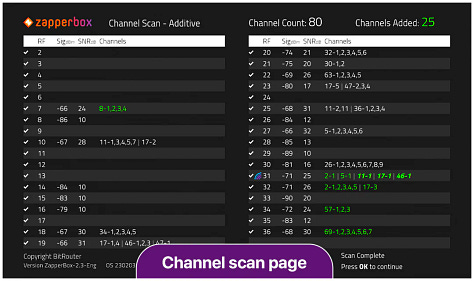

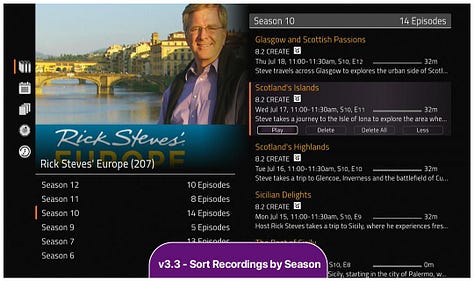
To think that all this occurs not somewhere deep in Fremont CA but rather in West Des Moines. That hardware is tested, burned in, provisioned, shipped and serviced from a most unusual address in the Midwest. In fact, when you receive your ZapperBox, the outer label announces “Software designed in Iowa. Ain’t that corny” (we know of other classically Iowa packaging from nearly 40 years ago - coming soon!)
To know that this legacy was built decades ago at another leader in STBs and created a diaspora that continues that tradition is testament to Iowans being able to do hard things even from flyover country.
Sources:
Interview with Gopal Miglani
Bitrouter.com and ZapperBox.com
I am a proud member of the Iowa Startup Collective, a group of writers exploring entrepreneurship across Iowa. Click the link above to checkout my peers’ work




